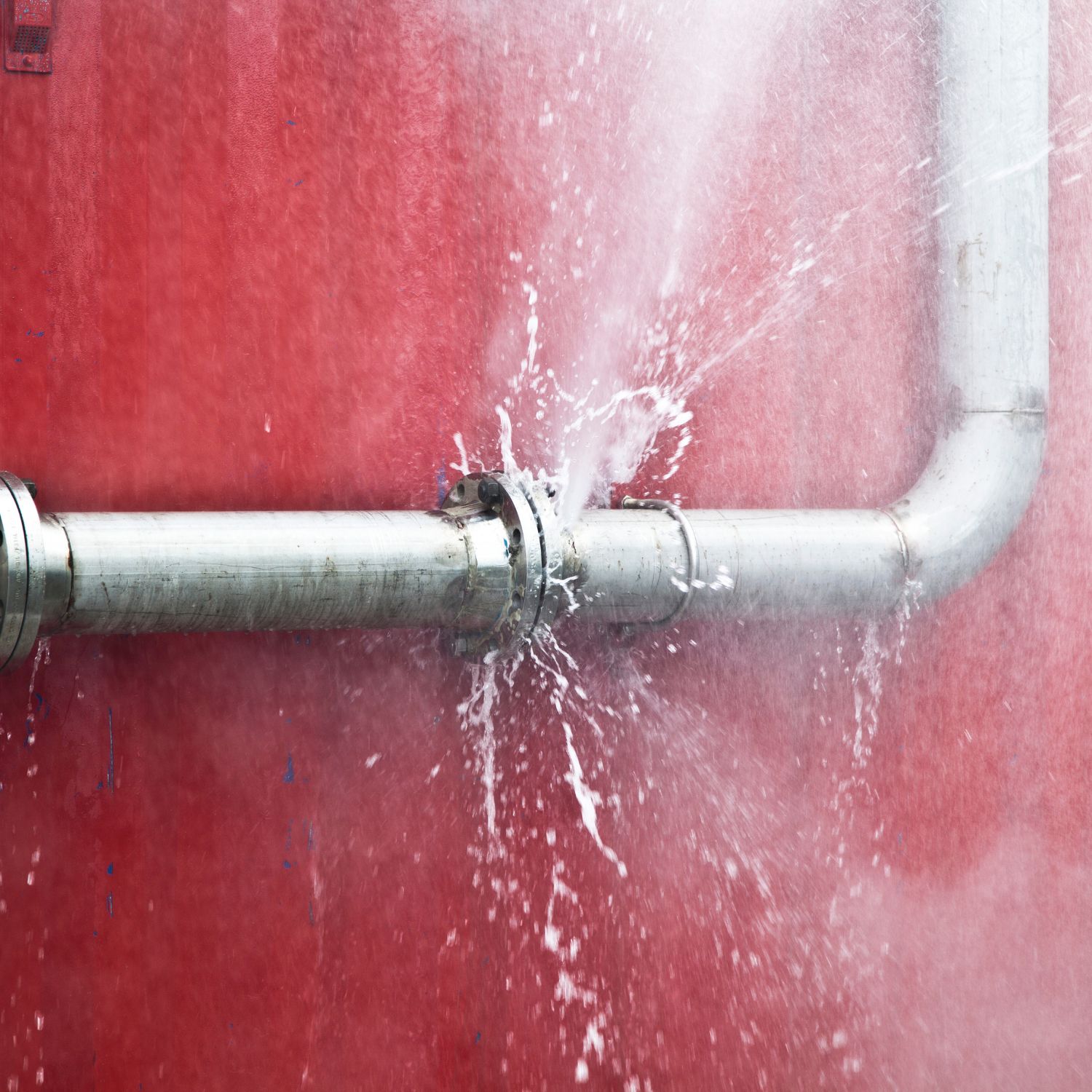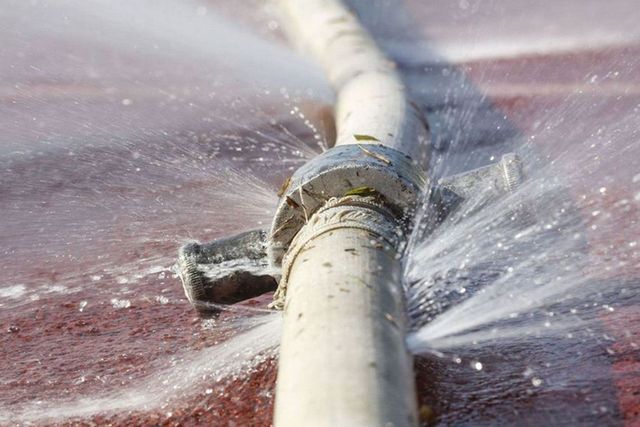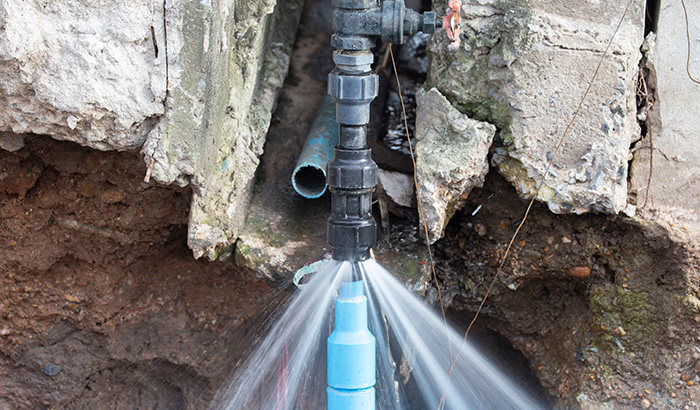Preventing a Burst Pipe: Tips for Protecting Your Plumbing During Winter
Preventing a Burst Pipe: Tips for Protecting Your Plumbing During Winter
Blog Article
Avoiding Burst Water Lines: Important Tips to Shield Your Plumbing
Protecting against ruptured pipelines is an essential problem for home owners, especially during colder months when the danger of freezing is heightened. Applying calculated steps such as proper insulation, regular evaluations, and maintaining regular indoor temperature levels can substantially decrease the chance of pipeline failing. Furthermore, understanding emergency situation procedures outfits property owners to react quickly to possible plumbing concerns. However, lots of are unaware of the certain vulnerabilities that their pipelines might deal with. Exploring these susceptabilities can provide very useful insights into securing your plumbing system successfully.
Understand Pipeline Vulnerabilities
Understanding pipe vulnerabilities is vital for reliable pipes upkeep and stopping pricey damages. A number of aspects add to the sensitivity of pipelines to ruptureds, including material composition, age, and environmental problems. Older pipelines, specifically those made from galvanized steel or polybutylene, usually weaken with time, bring about raised threat of leaks and tears.
Temperature level fluctuations can additionally considerably impact pipe stability. In chillier climates, water caught in pipes can freeze, increasing and putting in stress on the pipeline walls, which might eventually bring about a ruptured. High water stress can stress pipelines, particularly at bends and joints, increasing the chance of failing.

Insulate Pipeline Effectively
Appropriate insulation of pipes is critical for avoiding cold and subsequent bursts throughout winter (burst pipe). Insulating your pipes system efficiently safeguards versus temperature drops that can cause costly damage. Begin by identifying at risk areas where pipelines are exposed to outdoor temperature levels, such as basements, attics, and exterior walls
Use foam pipe insulation sleeves or wrap insulation tape around these locations to supply a safety obstacle. Make sure that all sections of the pipes, especially those with restricted heat direct exposure, get appropriate insulation. Pay special interest to joints and installations, as these are a lot more vulnerable to freezing.
When insulating, it's important to choose products that fulfill neighborhood building ordinance and are suitable for the particular atmosphere. Fiberglass insulation is commonly recommended for its thermal resistance properties. In addition, take into consideration utilizing warmth cables or tape in extreme problems, which can be connected in to provide extra warm
Regularly inspect shielded pipes for any type of indicators of wear or damage, as endangered insulation can decrease its efficiency. By taking these aggressive procedures, you considerably minimize the threat of pipeline bursts, making sure a reliable pipes system throughout the winter season months.
Maintain Constant Temperature Level
A steady indoor temperature is necessary for protecting against ruptured pipes during the frigid months. When temperature levels decline, water within pipelines can freeze, expanding and producing pressure that might eventually create the pipes to burst.Utilizing a programmable thermostat can aid handle interior temperature levels properly, ensuring that rooms with pipes stay warm also when the house is empty.
This minor circulation of water can protect against cold by minimizing pressure within the pipes. By applying these strategies, home owners can significantly lower the danger of pipe ruptureds and secure their plumbing systems against the rough winter season elements.
Routinely Check Pipes
Routine examinations of pipes systems are important for avoiding burst pipelines and keeping general home integrity. Regular checks allow homeowners to recognize potential issues prior to they rise into costly fixings or major water damages. Throughout these evaluations, it is essential to analyze noticeable pipelines for indicators of deterioration, leakages, or wear. Pay unique focus to areas vulnerable to cold, such as basements, attics, and exterior walls.
Additionally, checking joints and connections is vital, as these points are usually at risk to leaks. Home owners ought to likewise assess water pressure levels, as too much pressure can strain the plumbing system and increase the threat read the full info here of pipe ruptureds.
Think about organizing expert pipes evaluations at the very least when a year, particularly before wintertime, to guarantee your system is prepared for cooler temperature levels. By being positive in your approach, you can safeguard your home against the costly and disruptive repercussions of ruptured pipelines.
Know Emergency Situation Procedures
Comprehending emergency situation treatments is crucial for every property owner, especially after carrying out normal pipes assessments. Being prepared for a plumbing emergency can substantially minimize damages and save expenses.
Next, maintain crucial devices useful. A plumbing emergency situation package need to consist of a wrench, bettor, and browse around these guys towels, as well as a flashlight and a container for small leaks. Furthermore, think about having the get in touch with information for a relied on plumbing professional conveniently available, ought to the scenario intensify beyond your control.
If you identify a leakage or burst pipeline, promptly switch off the water and alert your plumbing. Moreover, record the damage with Discover More Here pictures for insurance policy objectives. burst pipe. Understand the indicators of potential plumbing issues, such as uncommon water pressure fluctuations or damp spots on wall surfaces
Ultimately, positive knowledge and swift action are vital in managing plumbing emergencies, guaranteeing your home remains protected and decreasing possible damage.

Verdict
In verdict, preventing burst pipelines requires a multifaceted approach that consists of understanding pipe susceptabilities, correct insulation, maintaining constant indoor temperature levels, normal examinations, and understanding of emergency situation procedures. By applying these crucial strategies, the threat of pipes failings can be considerably decreased, consequently making certain the longevity and efficiency of the pipes system. Positive actions not just protect against potential damage but also contribute to overall water preservation and the security of residential property.
In colder environments, water caught in pipes can ice up, putting in and increasing stress on the pipe wall surfaces, which may eventually lead to a ruptured. When temperature levels decline, water within pipelines can freeze, creating and broadening stress that may eventually create the pipes to burst. By executing these techniques, house owners can substantially reduce the threat of pipeline bursts and protect their plumbing systems versus the extreme winter months components.

Report this page